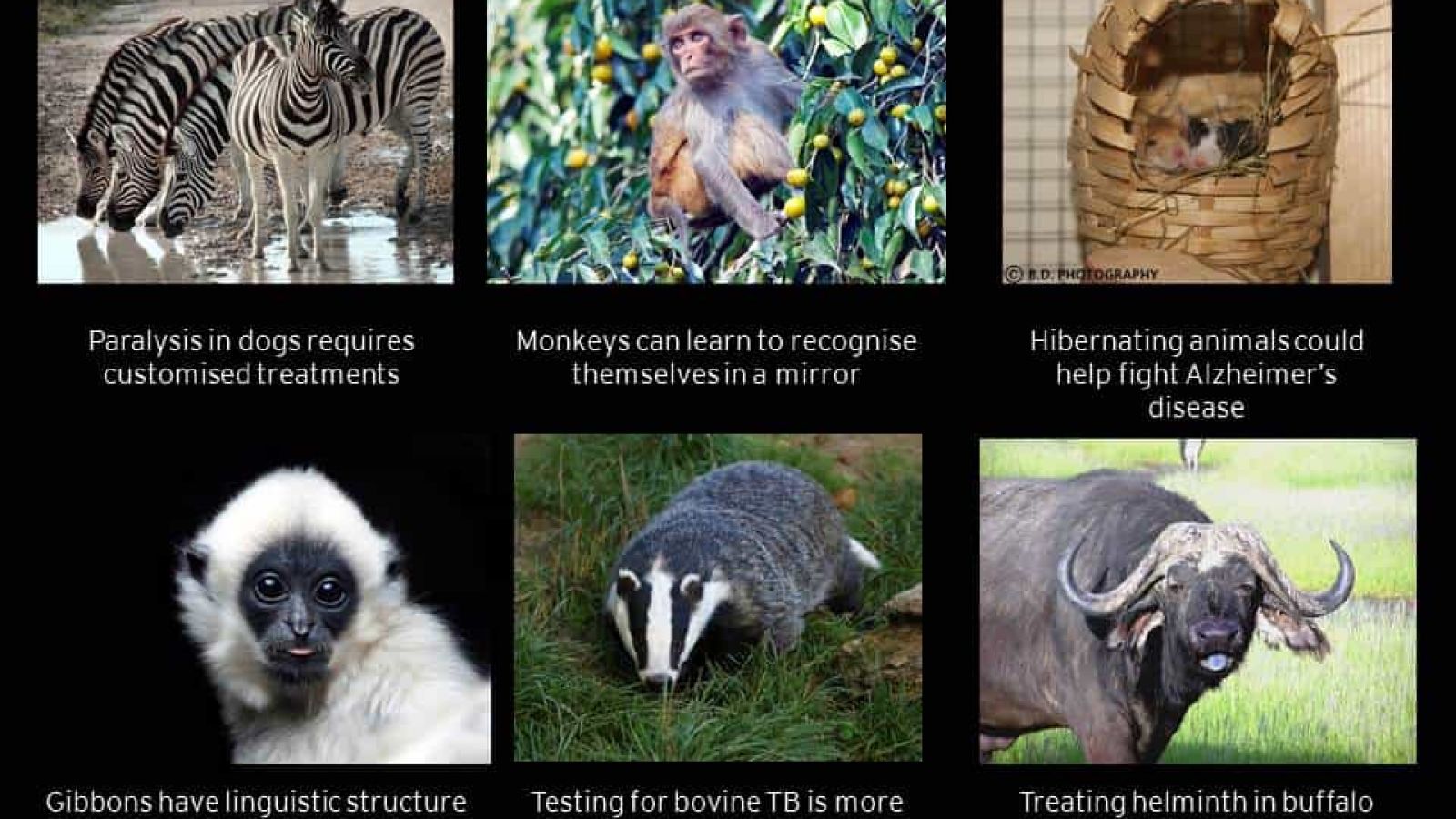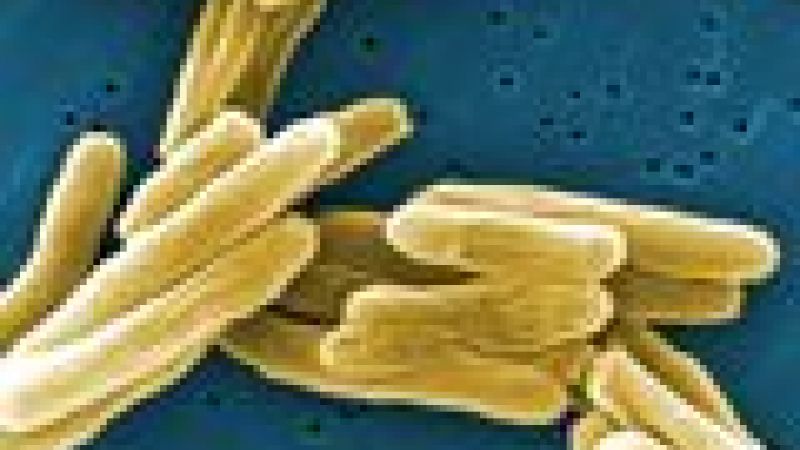 12-01-15
12-01-15
A study at the University of Wisconsin into white-handed gibbons appears to show “clear evidence” that the animals have linguistic structures in their communication – suggesting that language is not unique to humans. The animals have a range of “words” which can be used to warn predators or discipline children.
Dr Dassow said: "Language is a human affair. It transfers conceptual knowledge from speaker to listener and has extraordinarily generalisable descriptive powers.
We reevaluate this distinction in the context of vocalisations of white-handed gibbons, demonstrating previously unrecognised complexity and structure in their vocalisation."
http://www.independent.co.uk/news/science/gibbons-may-communicate-as-our-ancestors-did-scientists-say-9970631.html
Monkeys can learn to recognise themselves in a mirror. Unlike humans, great apes, elephants or dolphins, monkeys don’t realize straight away that they are looking at themselves when staring at a mirror, but that doesn't mean they can’t learn. Once they have developed mirror self-recognition, they used the mirrors to immediately start checking their behinds or genitals and other parts of their bodies they can’t usually see. This helps shed a light on the neural basis of self-awareness and could give new clues to future treatment for diseases such as autism and Alzheimer’s.
Our findings suggest that the monkey brain has the basic 'hardware' [for mirror self-recognition], but they need appropriate training to acquire the 'software' to achieve self-recognition," said Neng Gong, who led the research
http://www.sciencealert.com/watch-monkeys-can-learn-how-to-recognise-themselves-in-the-mirror
13-01-15
Tiny wormlike parasites called "helminths" live inside over a billion people round the world. The parasite suppresses the hosts immune system which can make them vulnerable to other infections. Researchers believe that treating helminth in patients may help them fight off other diseases a person may have.
Researchers used 216 buffalo to study the effect of treating the helminth infection. TH1 immunity against bovine TB (BTB) in the treated group (108) rose, however by the end of the study there were similar levels of BTB in both control and treated groups - against the expectation of the researchers. BUT, the treated group were a lot less likely to die from the BTB
http://www.earthtouchnews.com/discoveries/discoveries/a-lesson-on-disease-spread-courtesy-of-buffaloes-parasitic-worms
15-01-15
Hibernating animals could help fight Dementia and Alzheimer’s. A protein used to protect the brain during the lengthy sleep of hibernation and restore brain activity when animals wake up could be used as a treatment for people with dementia. During hibernation, the number of synapses in the animal brains decrease by 20 to 30% allowing them to enter a state or torpor. A ‘cold-shock’ protein prevents loss of brain cells when the body temperature drops and rebuilds the synapses when the animals awake. This protein exists in humans but isn’t functional in Alzheimer’s patients. A drug that mimics the protein’s effect could help restore brain function in those patients.
Dr Doug Brown, the director of research and development at the Alzheimer's Society said: "We know that cooling body temperate can protect the brain from some forms of damage and it's interesting to see this protective mechanism now also being studied in neurodegenerative disease. Connections between brain cells - called synapses - are lost early on in several neurodegenerative conditions, and this exciting study has shown for the first time that switching on a cold-shock protein called RBM3 can prevent these losses.”
http://www.bbc.co.uk/news/health-30812438
Testing for bovine tuberculosis is more effective than badger culls at controlling the disease. When badger culling would save 12 cows from TB, more frequent testing would save 193 according to computer models. The recent rise of TB in cattle over the past few decades could be caused by bigger herds or keeping cattle inside for the winter, which could potentially double the number of infected animals.
"Of the available bovine tuberculosis control strategies we believe that how frequently cattle are tested and whether or not farms utilise winter housing have the most significant effect on the number of infected cattle," said Matthew Evans, Professor of Ecology at Queen Mary University of London.
Dominic Dyer, of the Badger Trust and Care for the Wild, said: "The role badgers play in spreading this disease has been massively exaggerated, and the impact of culling them has been completely misunderstood."
http://www.bbc.co.uk/news/science-environment-30820579
16-01-15
Zebras have stripes to keep them cool. Those are the conclusion of a new study that looked at zebras from 16 sites and compared their weather conditions, vegetation and the presence of lions and biting flies. The black and white pattern keeps the animals cool under the hot sun, the ones in the hottest conditions are the stripiest and the darkest. The differences in the way the dark and light fur absorb and give off heat create refreshing air currents.
http://www.dailymail.co.uk/…/So-S-zebra-got-stripes-Alterna…
Last edited: 10 March 2022 18:17




